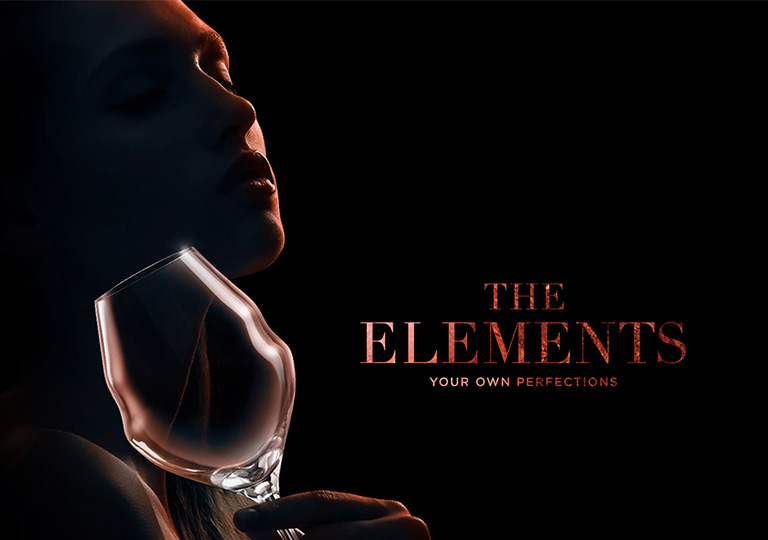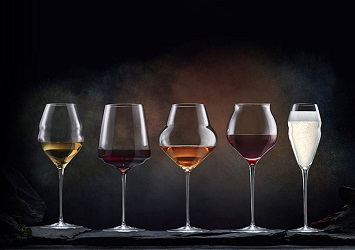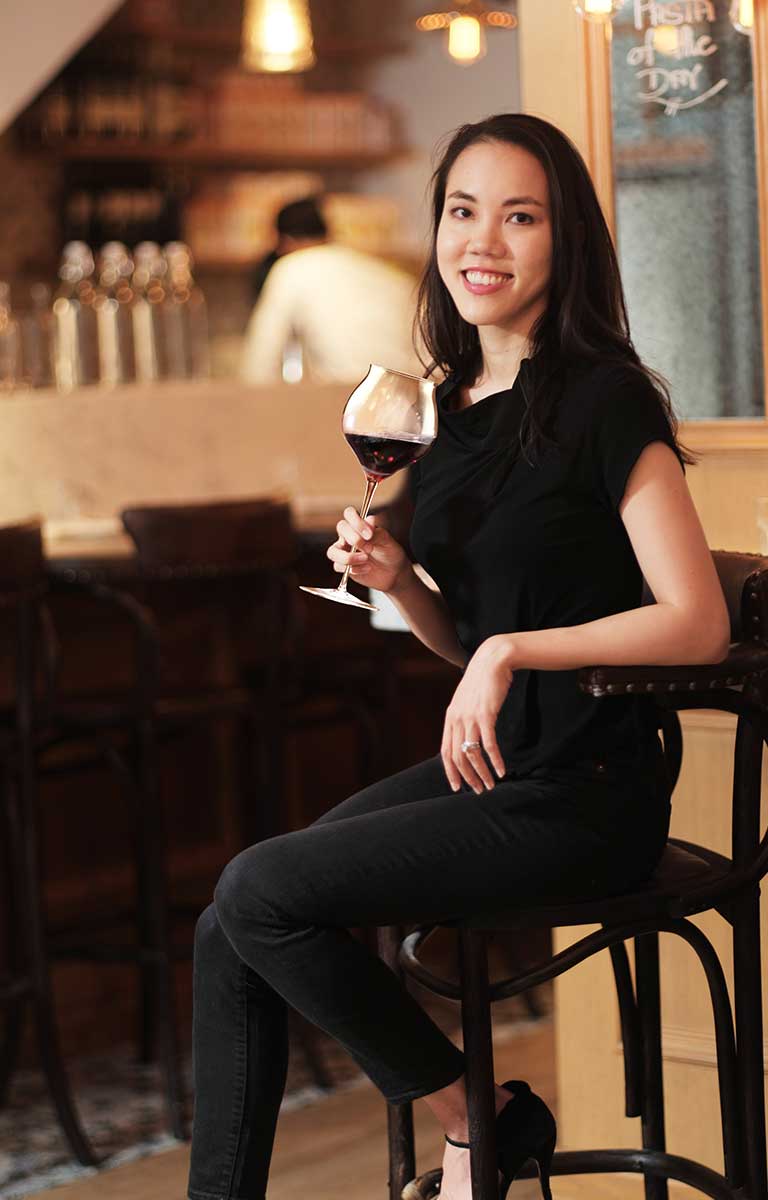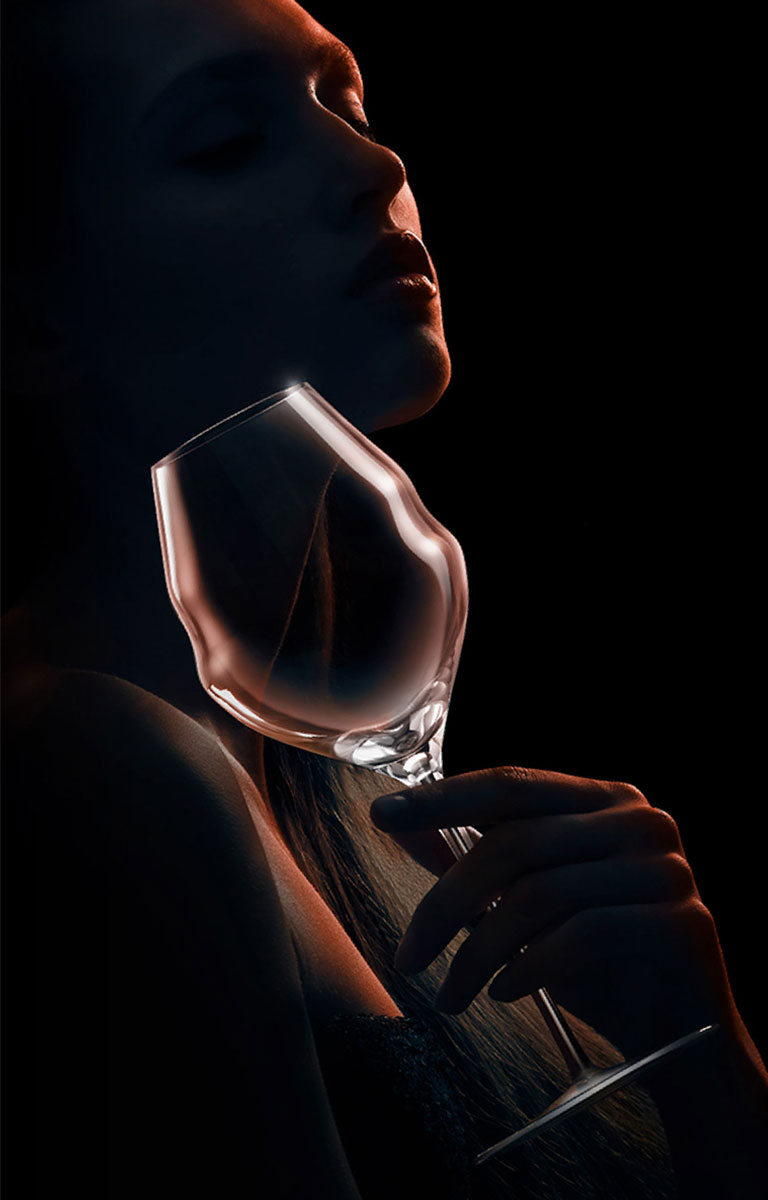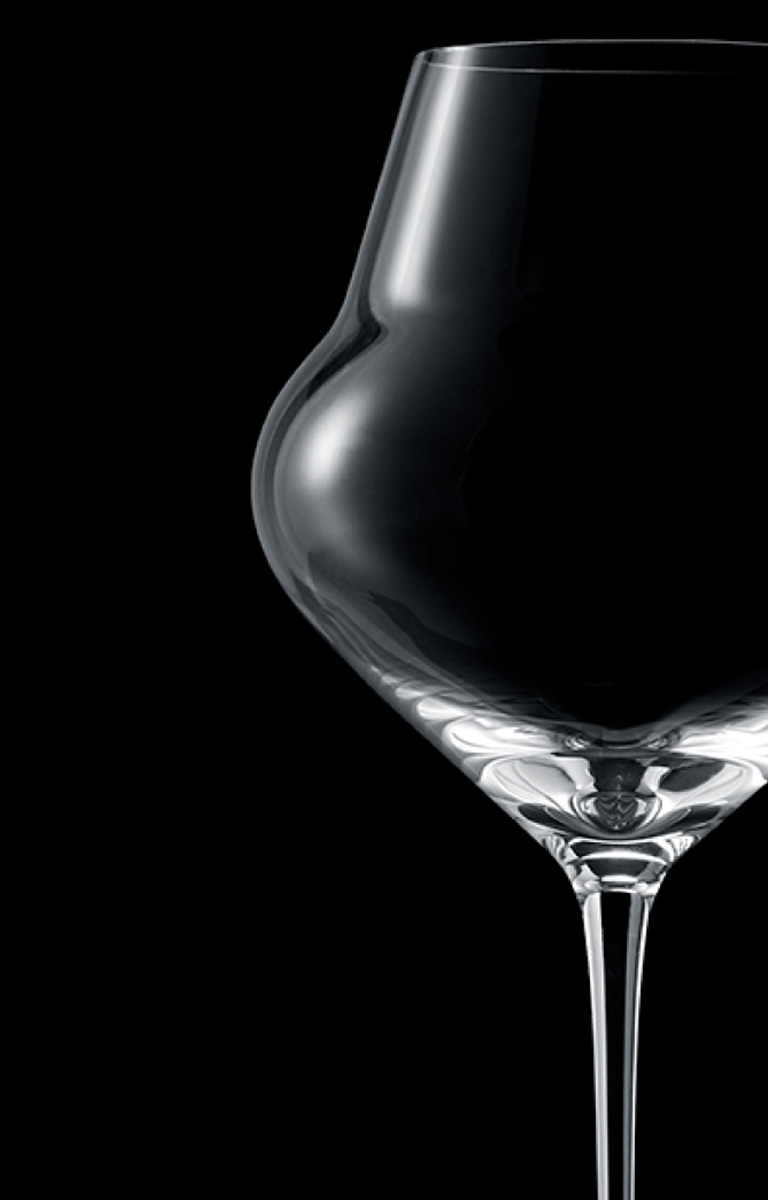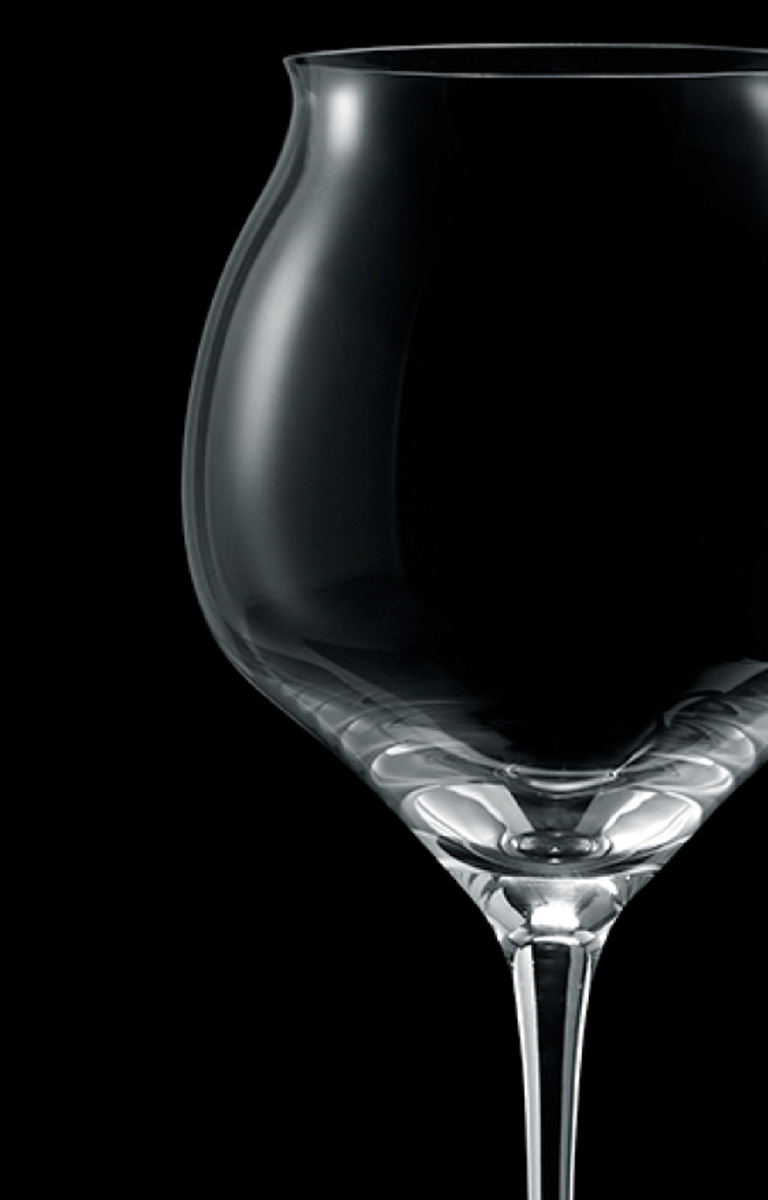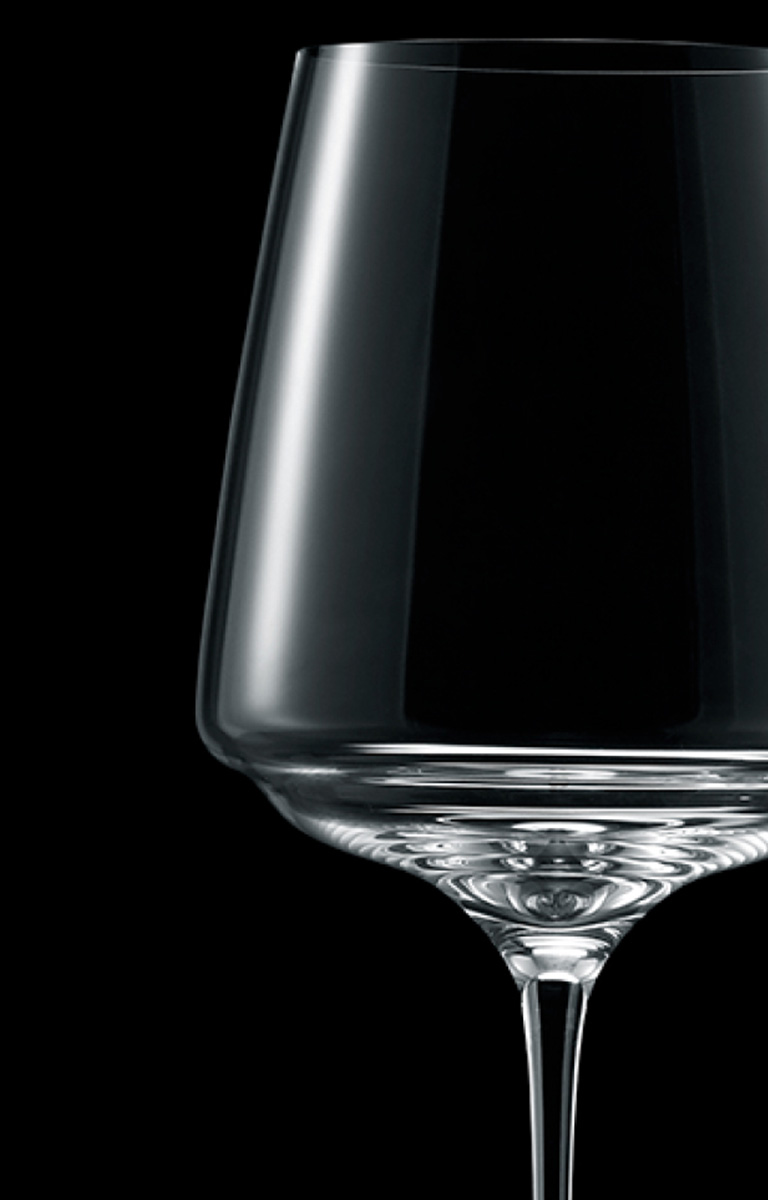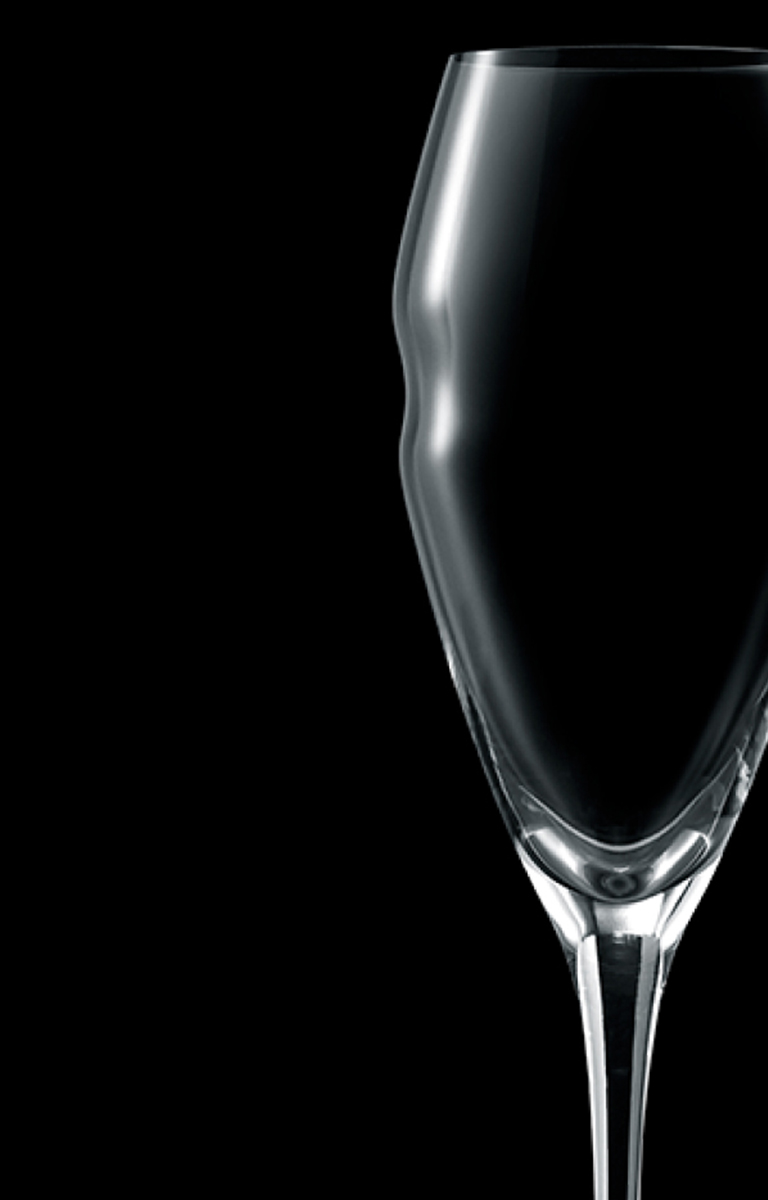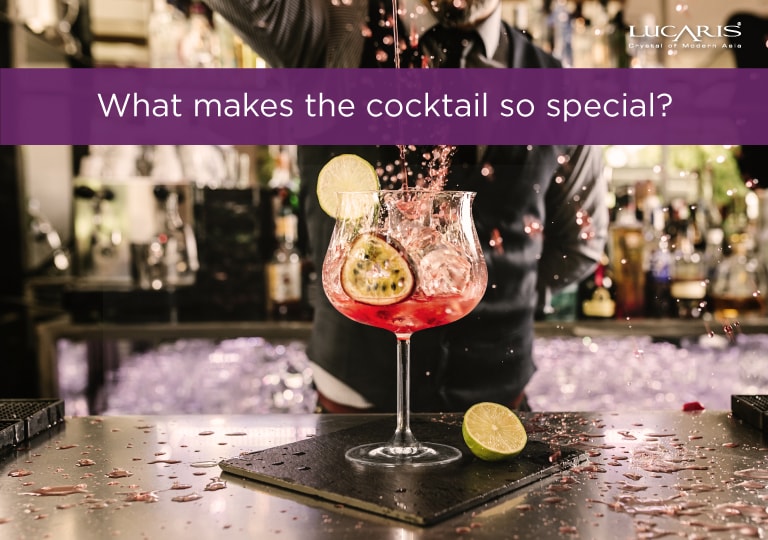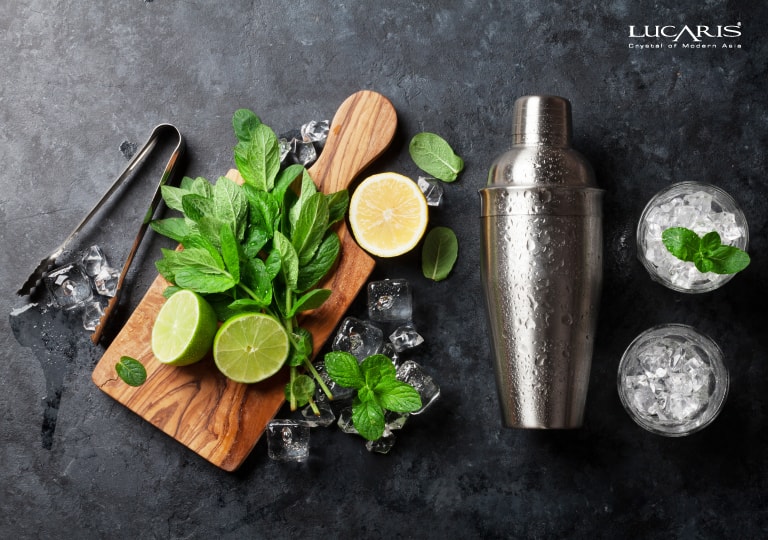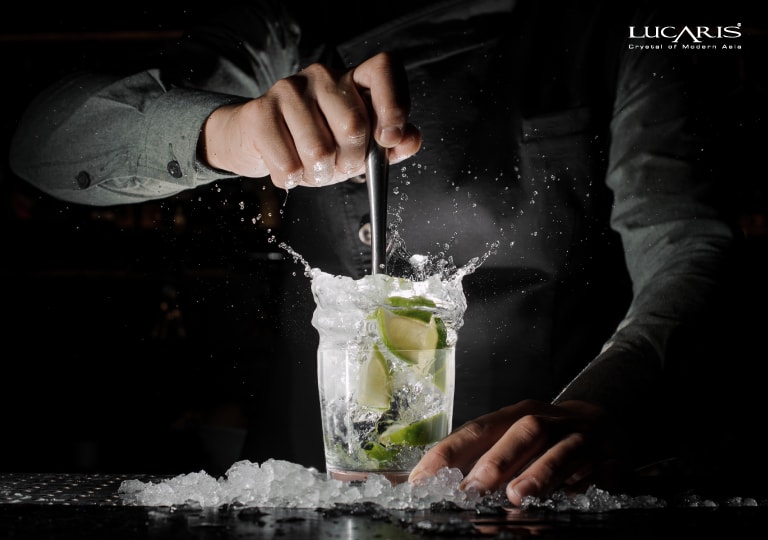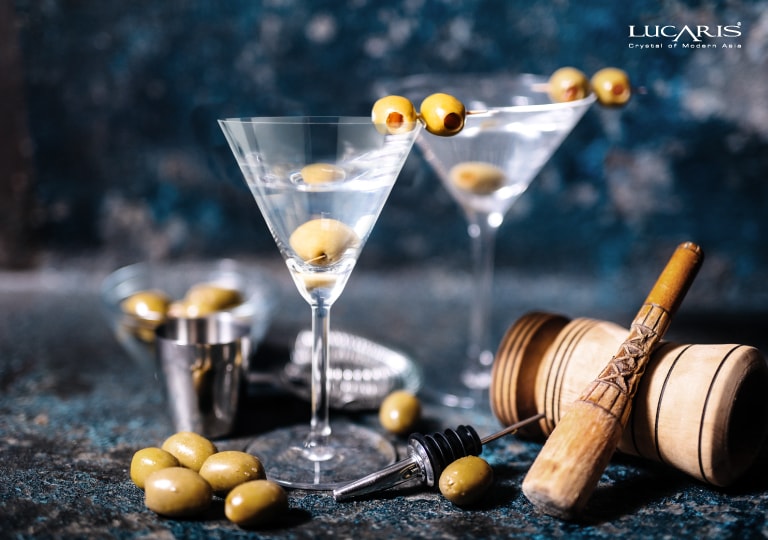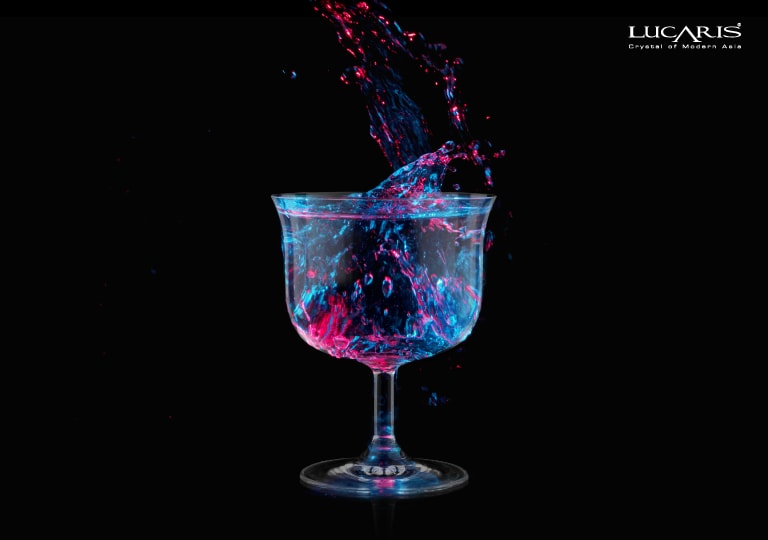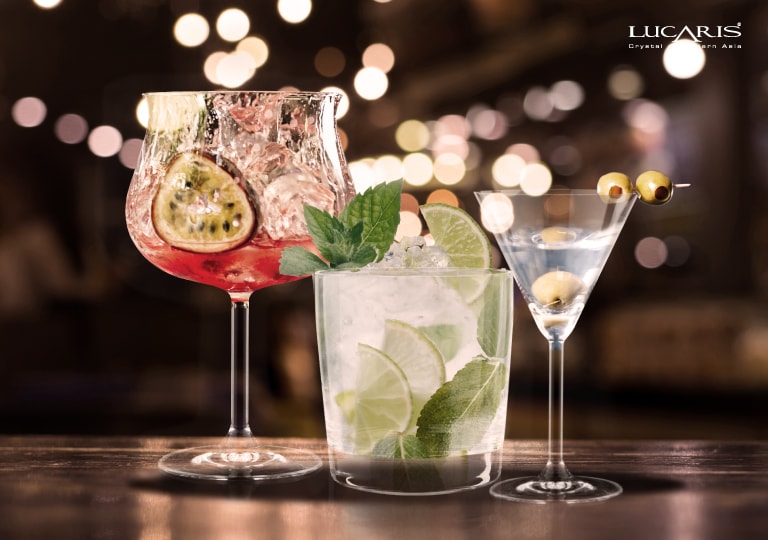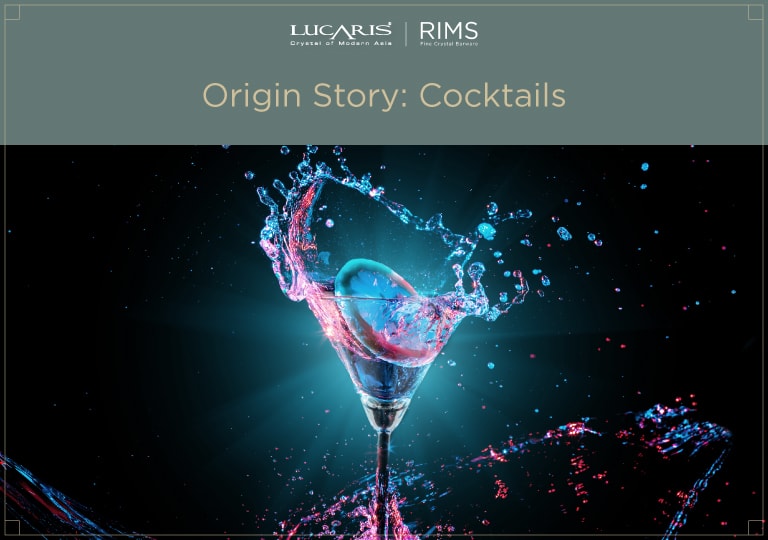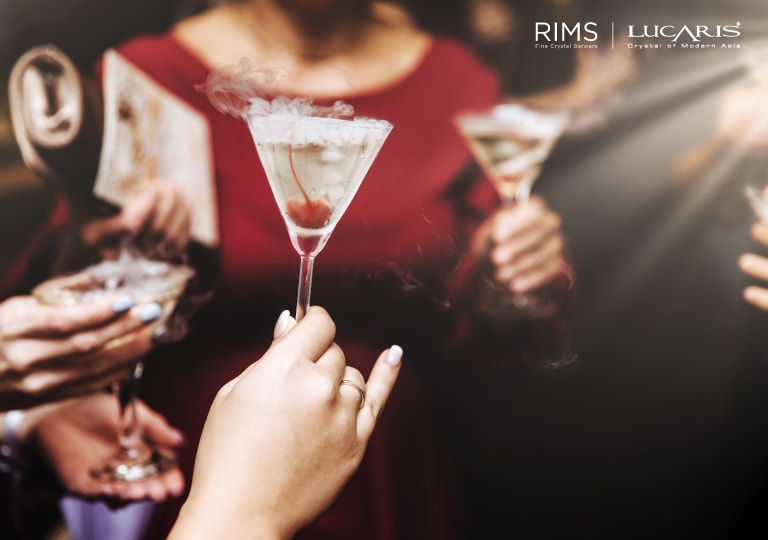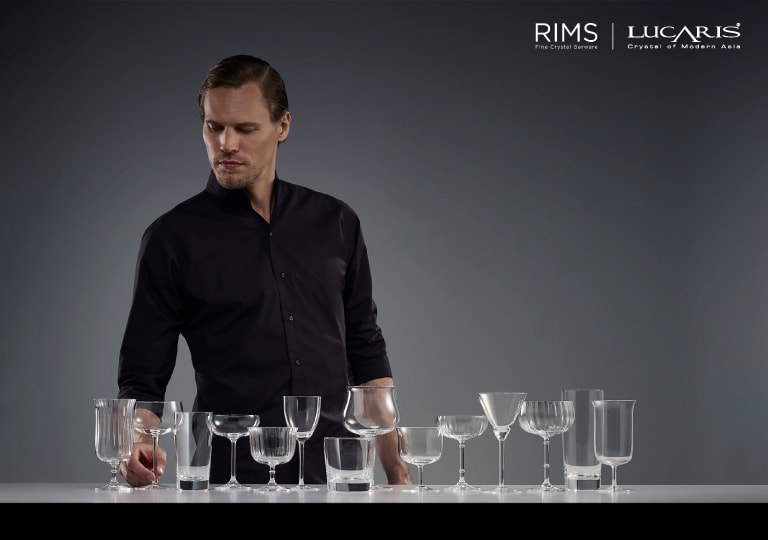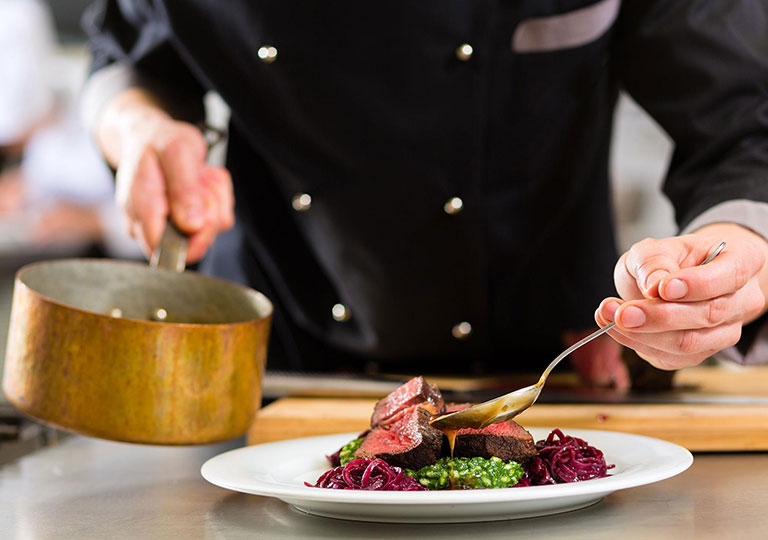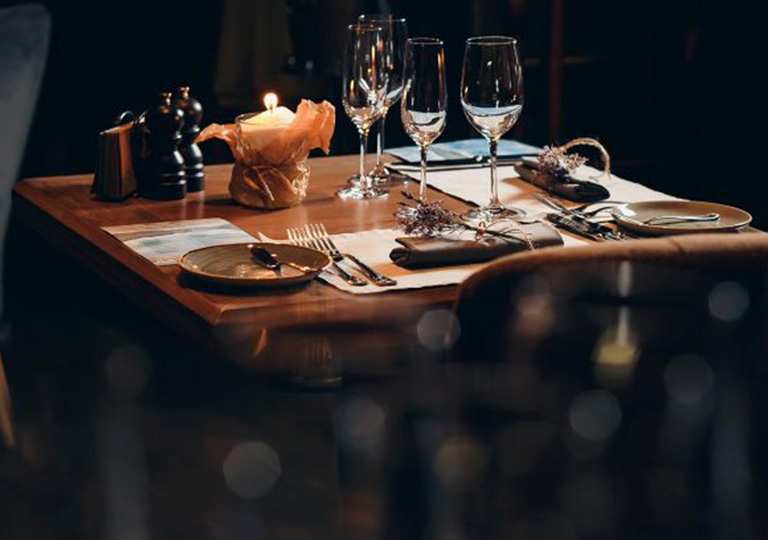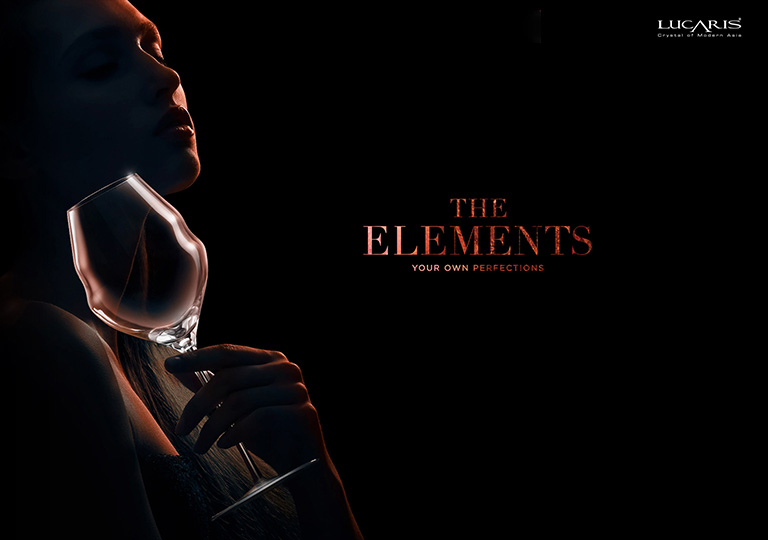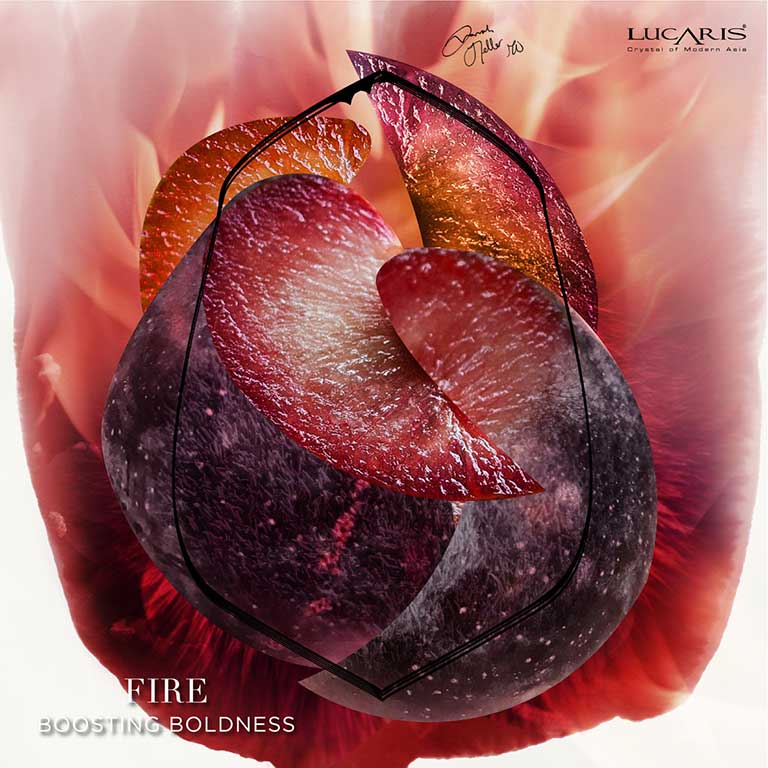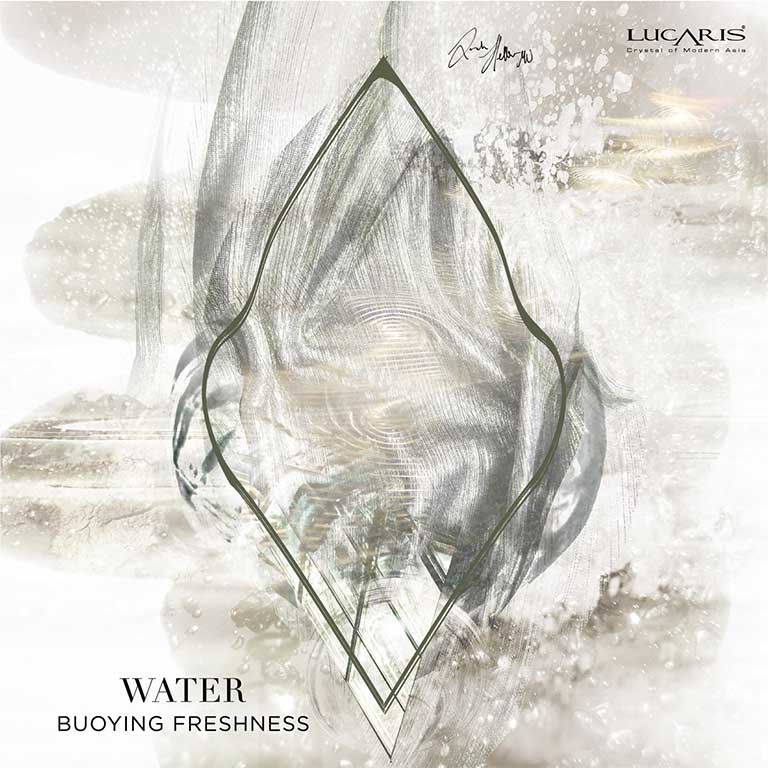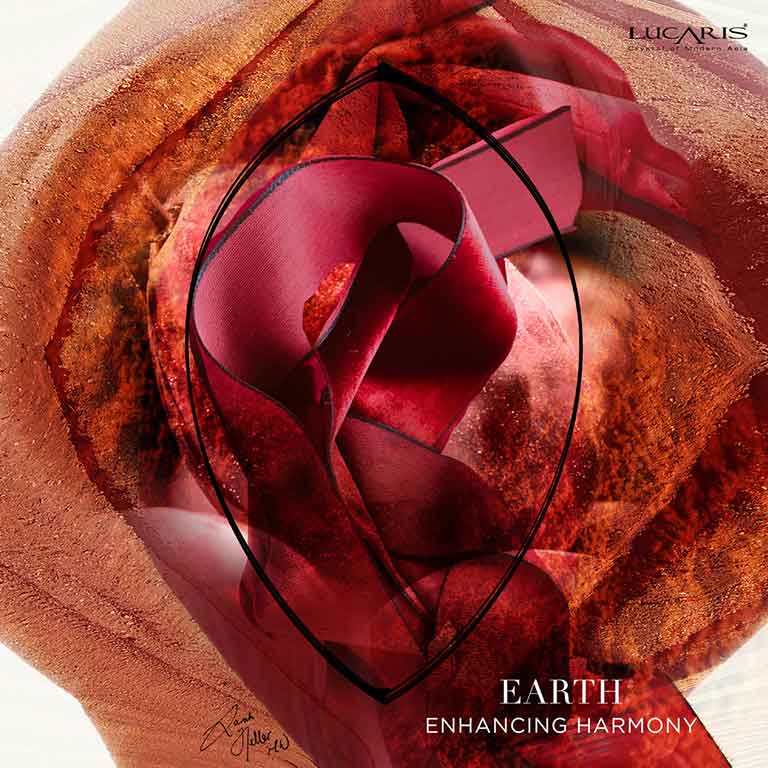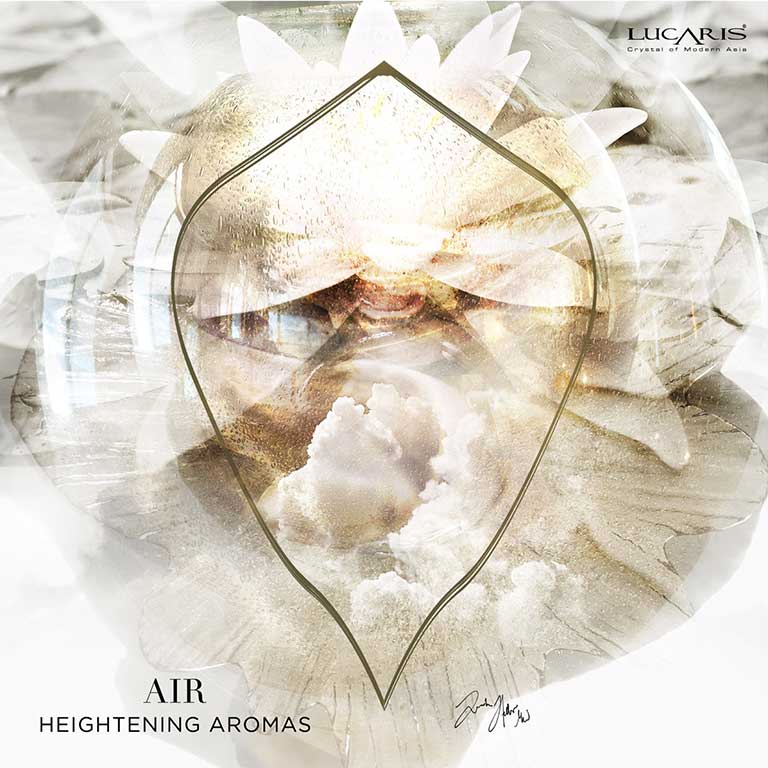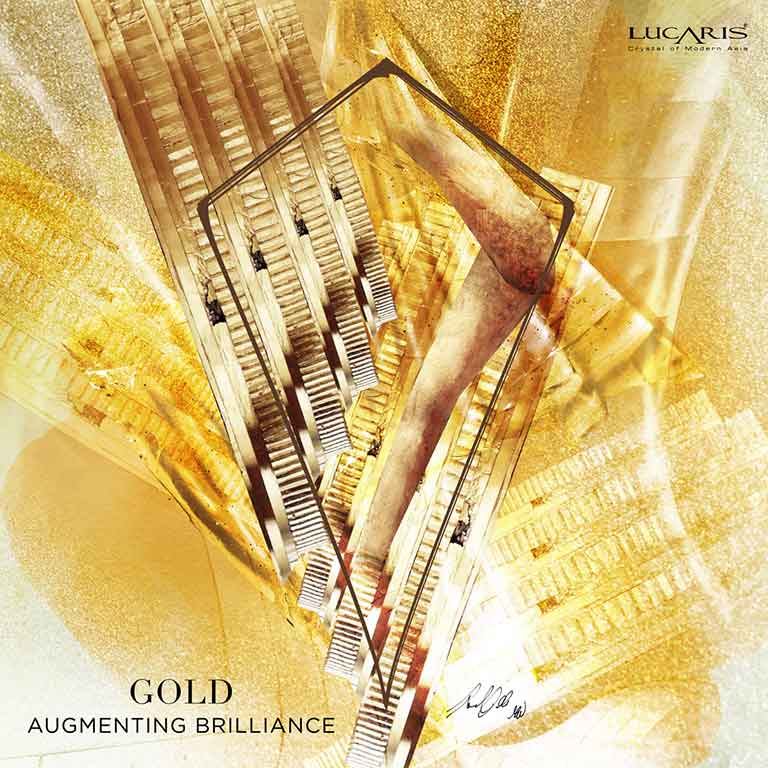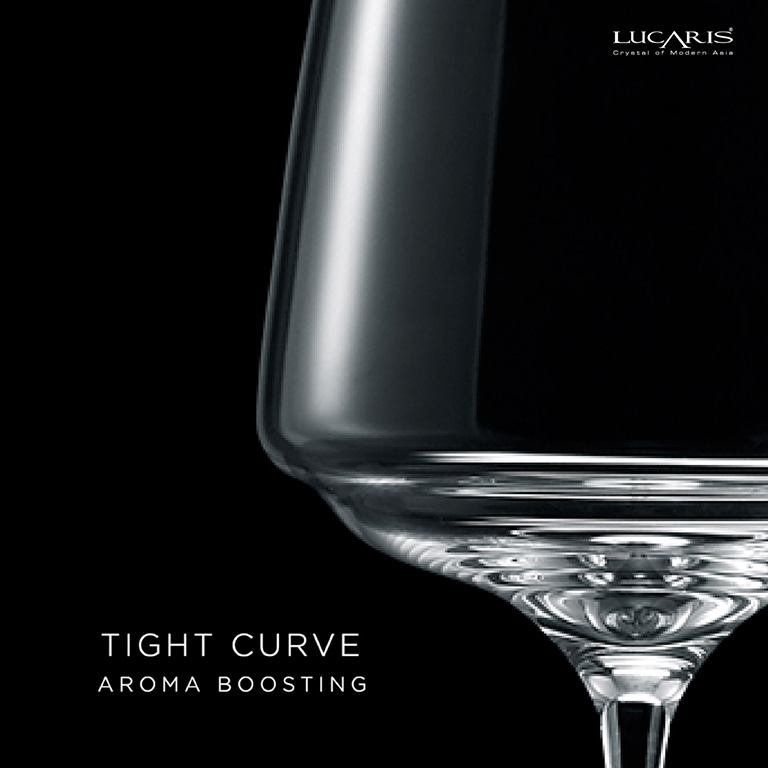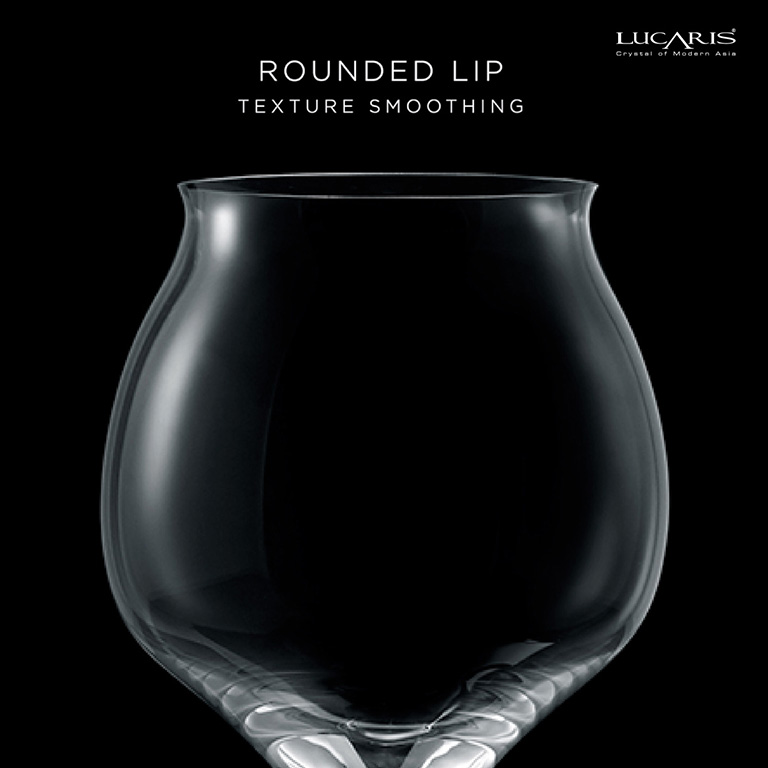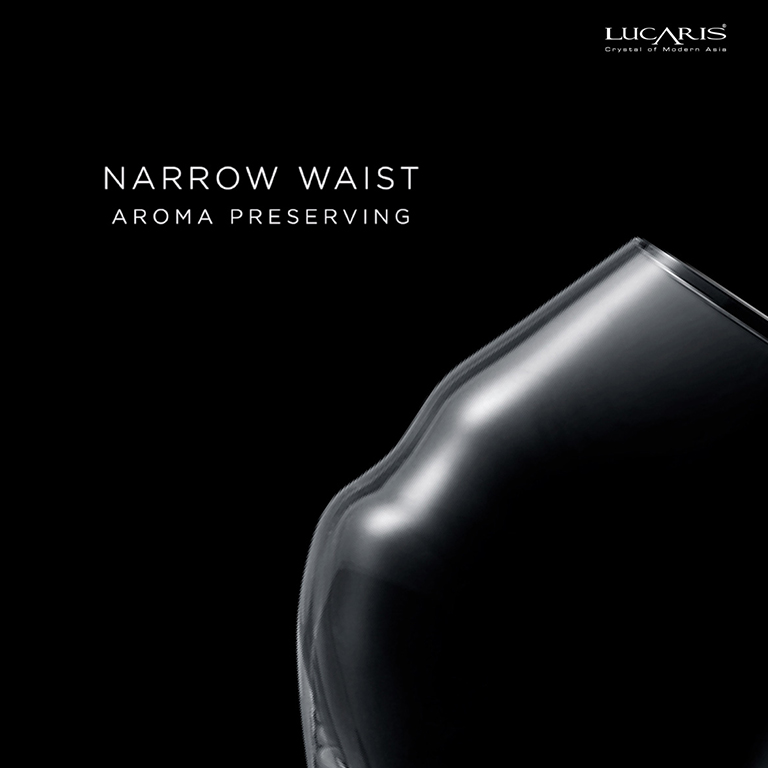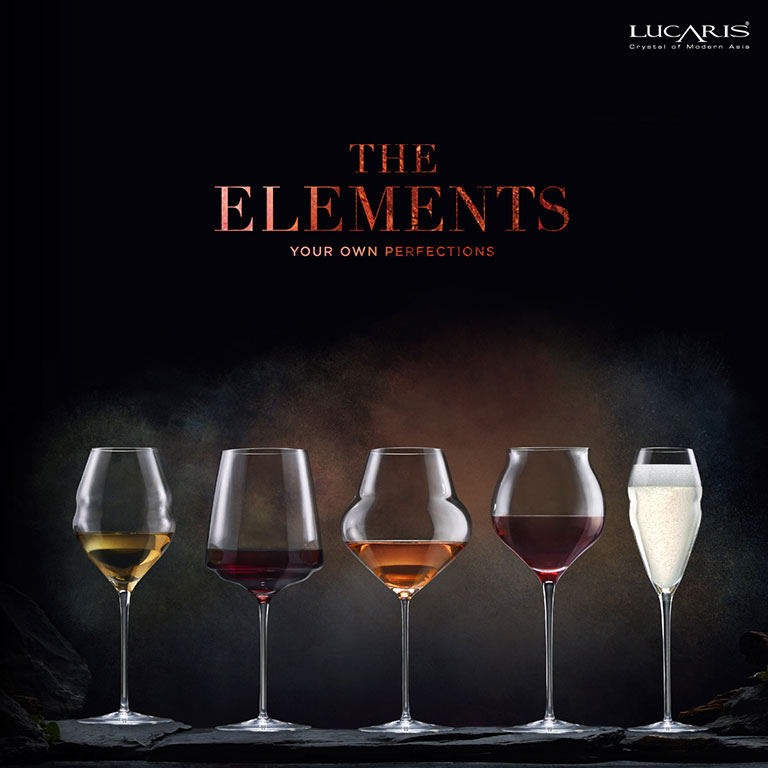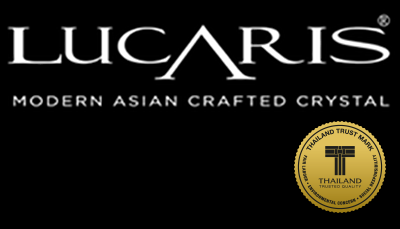In a world full of couples twirling on their Instagram reels, there exists an enduring culinary affair that has spanned decades and continues to hold its popularity – the timeless combination of wine and cheese.
Picture a cozy evening with soft jazz melodies playing in the background, a spread of exquisite cheeses and fine wines, and the clinking of crystal glasses. Can you see the symphony of flavors already?
In this blog, we are going to reveal six secrets to knot “wine&cheese” allowing you to create your own unique wine and cheese pairings.

6 Factors to Consider for a Great Wine and Cheese Pairing
-
The Three Pillars of Wine
Any kind of wine is about three things, flavor, intensity, and age, and harmonizing the same is a key player while pairing. The goal is to create a balanced and complementary experience, where neither the wine nor the cheese overpowers the other. Here’s how:
- Young for Young: Young cheeses like Brie, Stilton, and Camembert are best suited for young wines that are spirited, fresh, juicy, and fruity. This may include dry roses, crisp whites, sparkling wines, and fruity, acidic reds. The youthful vitality of these wines mirrors the lively character of the cheeses, creating a delightful pairing.
- Age Does Matter: We are not saying age matters in love, but in the case of wine and cheese, it surely does. The intensity of the cheese goes hand-in-hand with the age of the wine. Aged old cheeses that are savory, rich, and nutty, demand wines with ample body and structure. This interplay ensures that neither the wine nor the cheese steals the spotlight.
The classic combination of salty cheese and sweet wine is a timeless favorite. The saltiness of the cheese enhances the sweetness of the wine, creating a captivating contrast that is equally balanced.
For example, a mild, salty Gouda pairs splendidly with a luscious, honeyed Sauternes. Similarly, a pungent Roquefort beautifully complements a sweet and fortified Port wine, creating a harmonious balance of flavors.
-
Why Should White(s) Have All the Fun?
While white wines are often considered the default choice for cheese pairings, red wines also make a great pairing if chosen the right kind. Red wines with lower tannins are a better option in this scenario as they have a broader scope of pairing with diverse varieties.
For instance, low-tannin wines like Pinot Noir, Barbera, Grenache, etc., can be a beautiful partner for cheese like Brie, and at the same time has also a scope of Camembert or Comte.
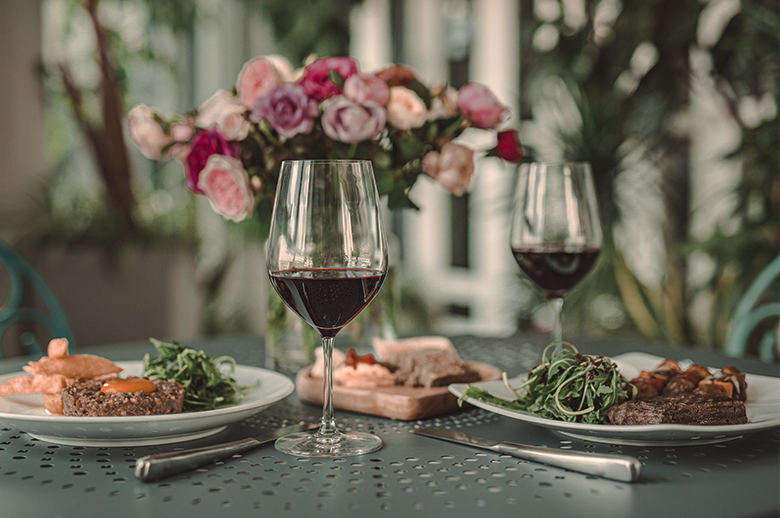
The texture of the cheese is another important factor when pairing. You can either complement or contrast it with the wine, depending on the experience you desire. Here is an example of each:
- Complement: Pair a creamy, soft cheese like Brie with a Chardonnay, and you’ll find that the wine’s buttery texture complements the creamy cheese, offering a lush, velvety sensation.
- Contrast: On the other hand, the same creamy cheese can be paired with a sparkling wine wherein, the effervescence of the wine can cut through the richness of the cheese, creating a refreshing and palate-cleansing contrast.
Lovers hate long-distance relationships and so do wines and cheeses. The concept of terroir isn’t just for wine; it applies to cheese as well. When you pair a wine with cheese from the same region, you often uncover hidden pairings that harmonize effortlessly just because their origin is from the place.
For instance, a French Bordeaux beautifully pairs with a French Brie, or an Italian Chianti with Pecorino cheese creating a marriage of regional excellence.
-
When in Doubt, Play Safe!
If you are just getting started, remember to begin with something easy and obvious. Many wine and cheese enthusiasts have explored the art of pairing and have shared their wisdom and experiences with the world. To begin with, choose the most basic Reisling, as its high acidity, balanced sweetness, and low-alcohol content make it suitable for a wide variety of cheese.
Refine Your Pairing Experience with Distinction
The connoisseur’s choice for lead-free crystal glassware, Lucaris, has a special place in the tableau of wine and cheese pairing. Crystal glassware not only adds an extra layer of elegance to your experience but also ensures that you’re seen in style during your passionate moments.
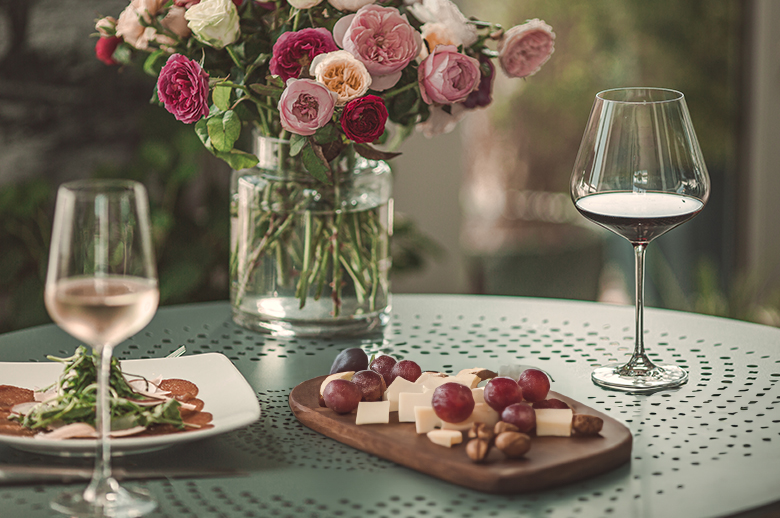
Also Read:
From Grime to Glitter: How to Clean & Polish Crystal Glassware?
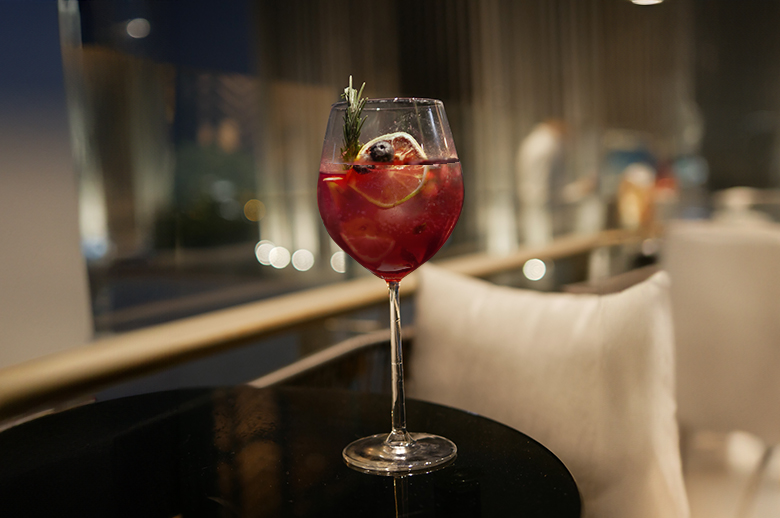
 Lucaris Crystal Hong Kong Hip Burgandy Glass
Lucaris Crystal Hong Kong Hip Burgandy Glass
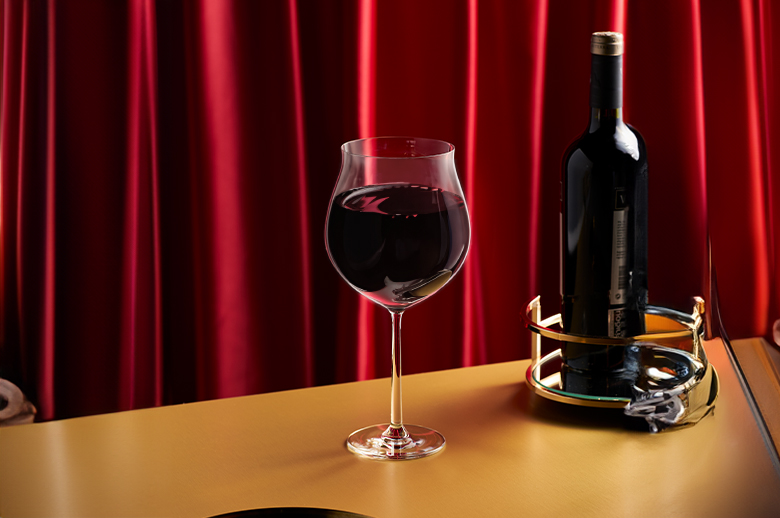 Lucaris Crystal Shanghai Soul Burgundy Glass
Lucaris Crystal Shanghai Soul Burgundy Glass
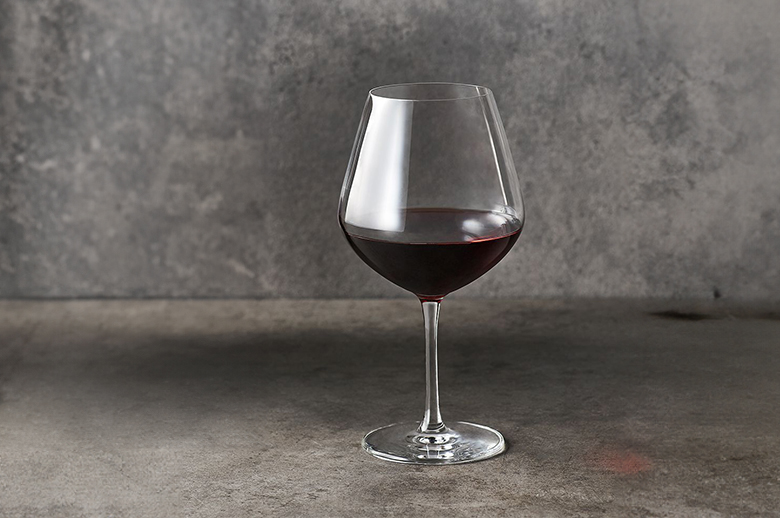 Lucaris Crystal Tokyo Temptation Burgundy Glass
Lucaris Crystal Tokyo Temptation Burgundy Glass
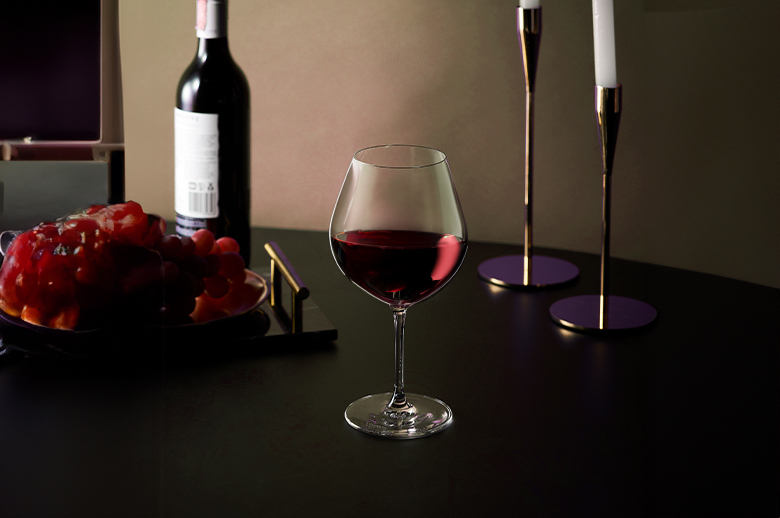 Lucaris Crystal Bangkok Bliss Burgundy Glass
Lucaris Crystal Bangkok Bliss Burgundy Glass 
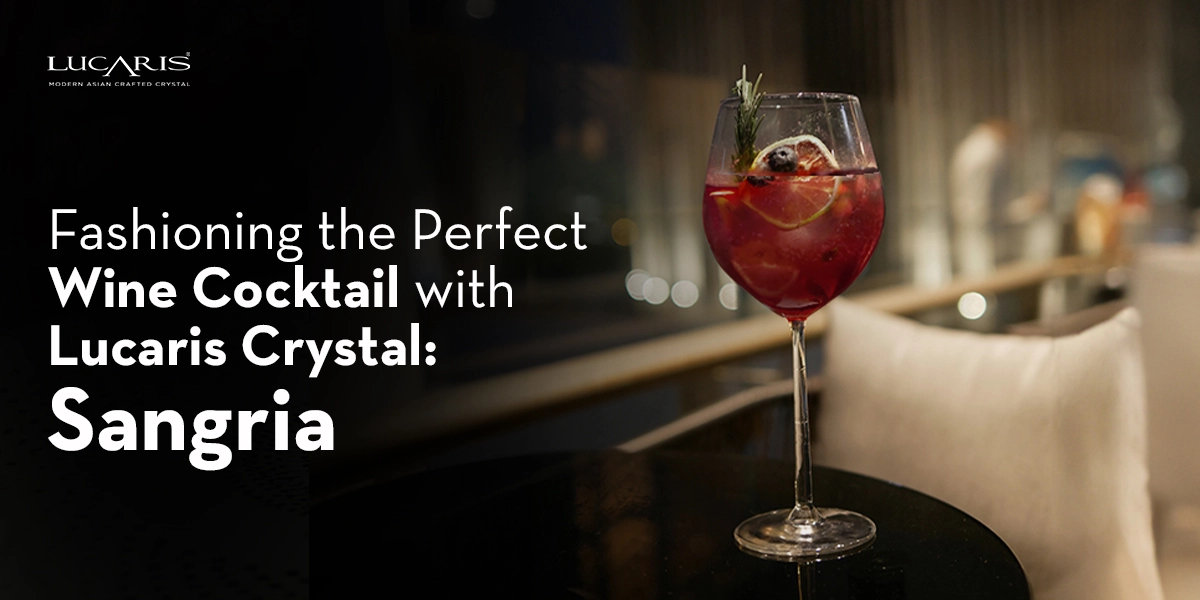
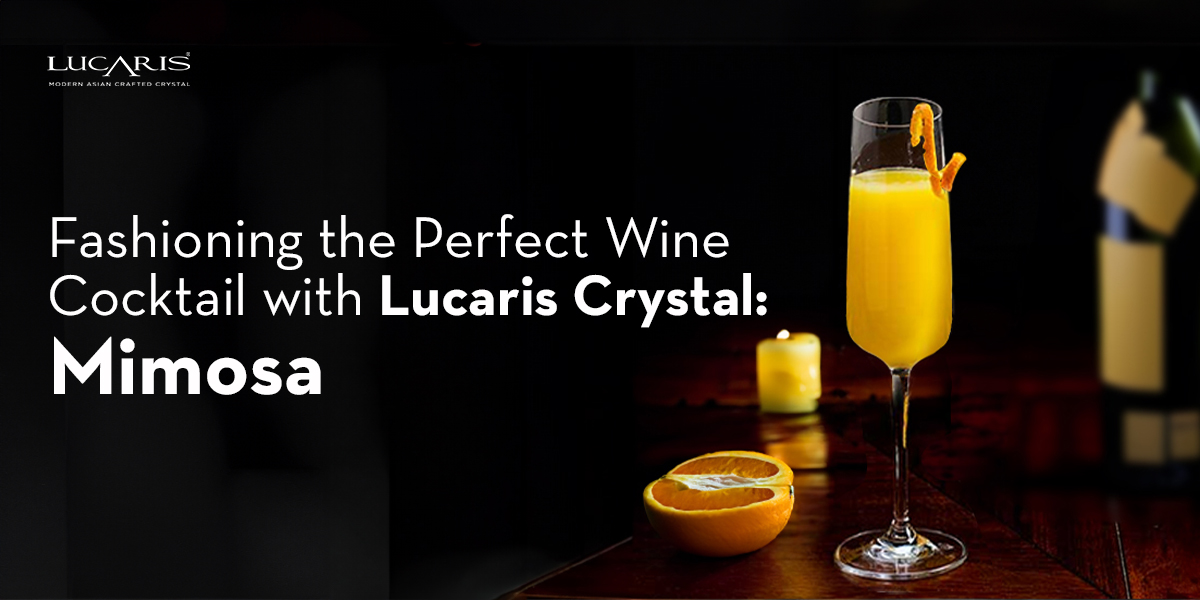
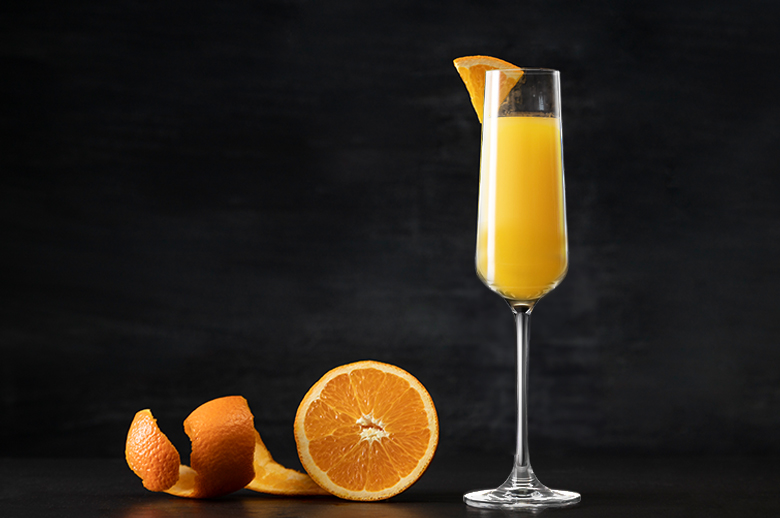
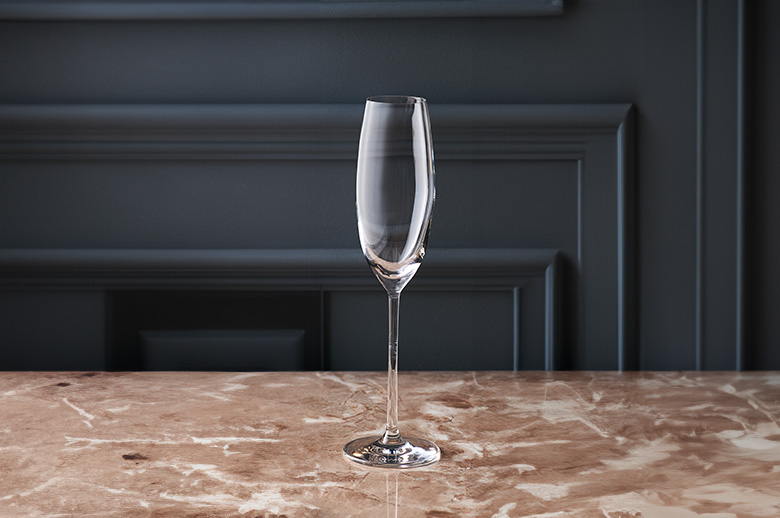
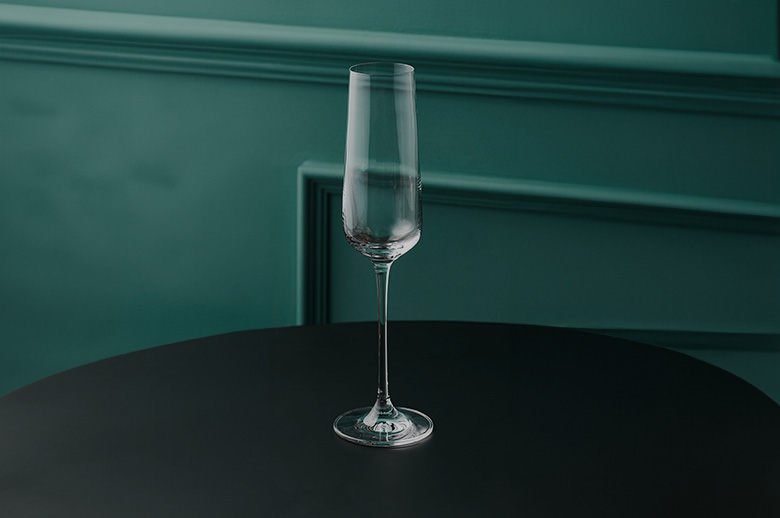

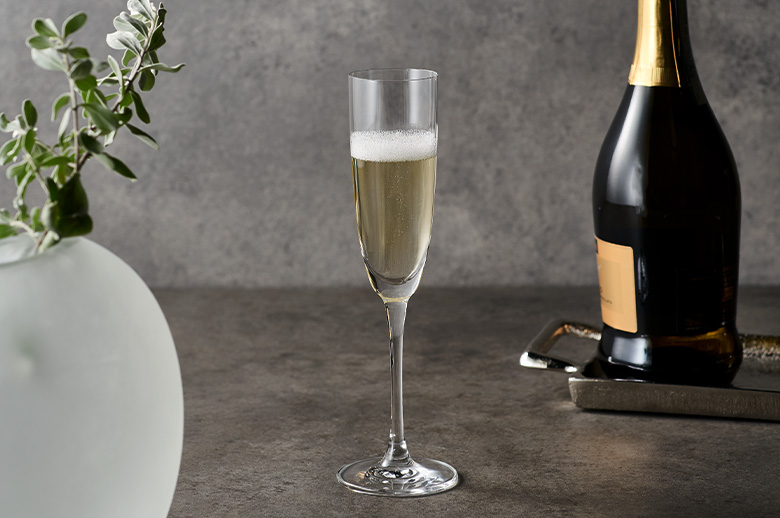
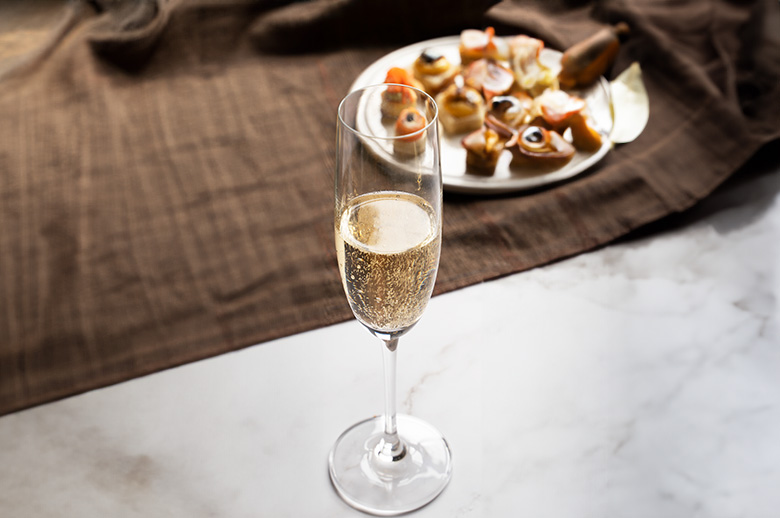
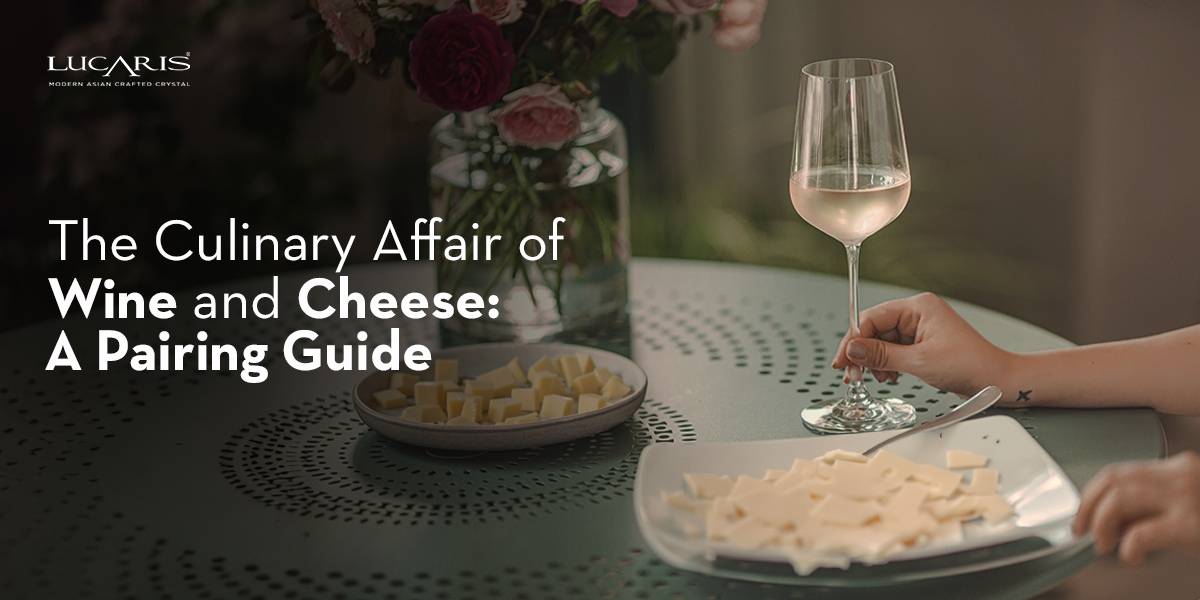


 Also Read:
Also Read: 